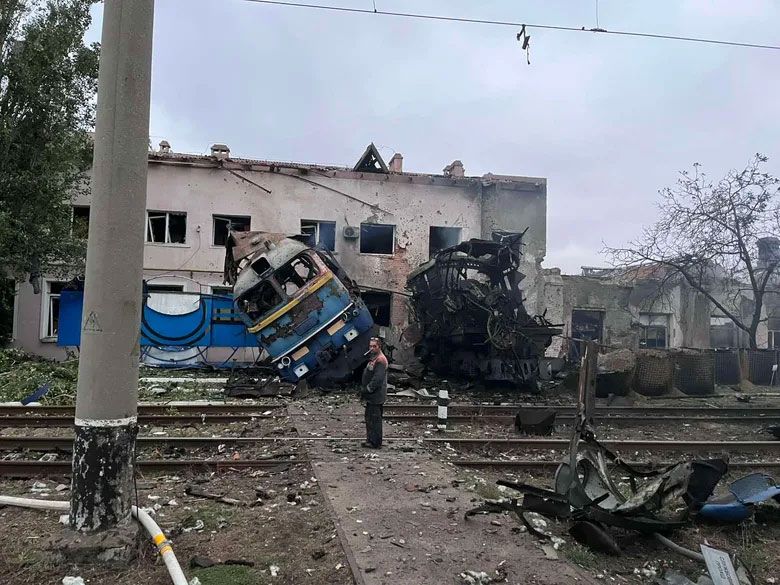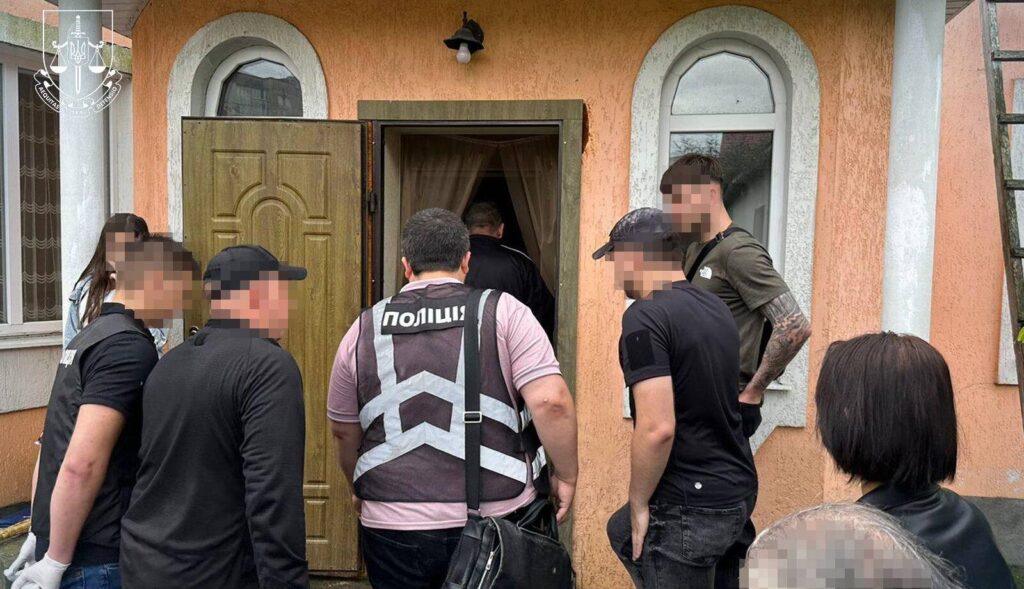Russian drones build self-healing relay chains using Chinese tech to hunt Ukrainian trains

Russian drones now build a web of relays and defy electronic warfare. Russia is rapidly deploying and refining remote control of long-range drones over mesh networks. In October 2025, the occupiers already used this approach to hunt Ukrainian trains, says Serhii Beskrestnov, also known as Flash, as per Defense Express.
Currently, Russian forces are building a dynamic mutual-relay network that makes drone control and communications far more resilient, even under electronic-warfare pressure.
From Chinese mesh modems to relay drones that keep functioning under fire
Flash explains that Russia turned to Chinese manufacturers to turn the idea into reality. It specially ordered mesh modems, nominally labelled as Wi-Fi gear, operating in the 1300–1500 MHz band, and uses technology that differs from conventional Wi-Fi.
Each unit costs approximately $7,000 and can deliver an output of 10–20 W per channel, allowing for links of 100 km or more.
These modems provide a digital, encrypted connection that is relatively resistant to electronic interference by using cross-frequency distribution techniques. Each modem also acts as a relay: airborne modems on drones form a chain network in which data packets automatically reroute if a node disappears.
As a result, even if many platforms are shut down, the network remains operational. The drones that survive keep the links and forward data.
“Each modem is not just a transmission point but also a relay for others. In the air, modems on drones create communications channels between themselves. Each of them tries to link to the next, and if one drops out, the information is routed around through another channel,” Beskrestnov explains.
From Gerbera to Shahed: scaling the tech for attacks on moving targets
Russia has been refining this technology for about a year. Flash noted that even if 80% of the drones are destroyed, the remainder can still relay information. Initially, Moscow tested the system on small foam drones, such as the “Gerbera", used for rear-area reconnaissance and relaying signals back toward Russian territory.
Seeing the concept’s effectiveness, the Russians began installing mesh modems on Shahed drones, enabling online control from Russian soil.
Technically, the network can provide throughput up to ~50 MB/s, and in degraded conditions, around 2 MB/s, which is enough to stream optimized high-definition video and allow FPV control with acceptable latency.
Although Shaheds are not highly maneuverable, their capabilities are sufficient to attack predictable moving targets, such as trains whose speed and route are known. An operator controlling a drone online can approach from the rear and strike a locomotive or tanker.
“These Shaheds can not only hit GPS coordinates like a substation but can also strike its most vulnerable point... We prioritize detecting these modems by their signal and jamming them with electronic warfare,” Flash says.
Modems that only switch on near the target, and ground relays on balconies
A Shahed with a mesh modem may only power the modem at a specific coordinate near the target — i.e., these modems don’t need to broadcast continuously and may activate just before strike.
Beyond airborne nodes, the Russians can set up ground relays: the modems are compact and can be installed on balconies or rooftops with internet access. Such ground nodes don’t need high antennas to communicate with nearby UAVs.
Can the system be countered?
Flash stresses that, despite the system’s complexity, it can be defeated by electronic warfare. However, the effectiveness of countermeasures depends on how widely and well Russia implements mesh technology: if Moscow deploys it not just on Shaheds but on other long-range platforms, it will gain a robust, fast, and wide two-way data channel.
Any mitigation depends on the volume, quality, and scale of Russia's deployment.
"It’s crucial not to miss the moment when Russia multiplies use of this tech across many platforms, not only Shaheds. Because that would create a resilient, fast, broad two-way data channel,” the Defense Express experts say.


